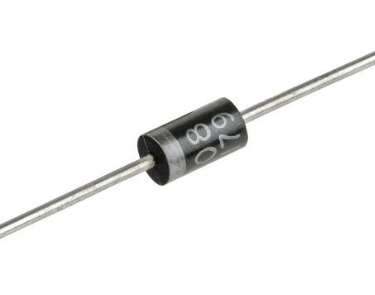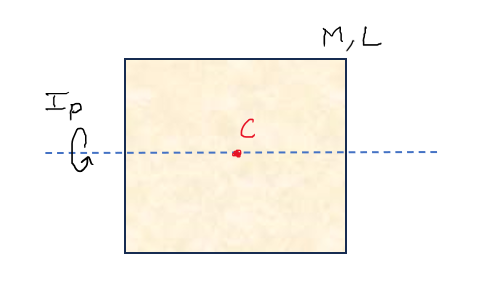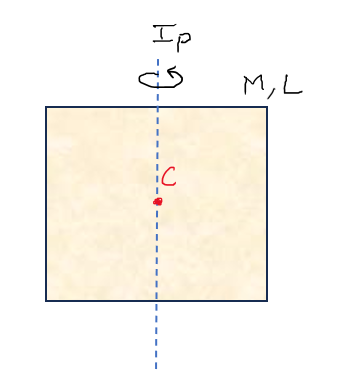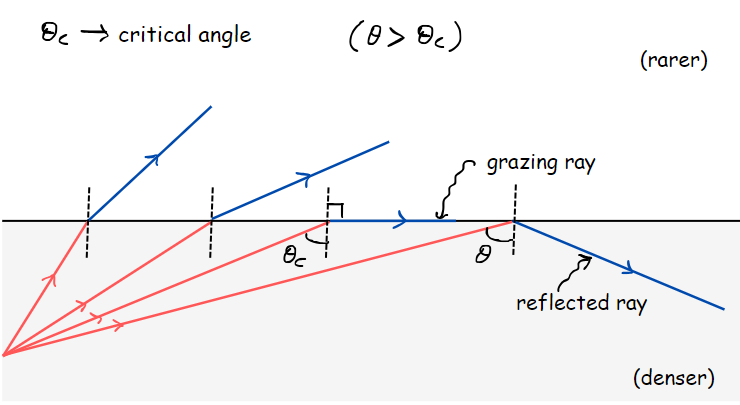Author – Saurabh Salvi
One of my favourite scene from ‘3 idiots’ movie is when Rancho is asked the definition of ‘Machine’ by his Professor. And we all know what he answers and we all love that explanation but professor didn’t seem to like that simplified version of his. Instead, he was much impressed by the definition given by Chatur and most of us (actually, all of us) just skipped that definition part.


Ofcourse, it’s not a great idea to mug up things without understanding (we have already discussed this point in Understanding Projectile Motion), but the definition of machine which he gives is also quite impressive. It goes something like this :
Definition :
“Machines are any combination of bodies so connected that their relative motions are constrained and by which means, force and motion may be transmitted and modified as a screw and its nut, or a lever arranged to turn about a fulcrum or a pulley about its pivot, etc. especially, a construction, more or less complex consisting of a combination of moving parts, or simple mechanical elements as wheels, levers, cams etc.”
In today’s blog, we will be breaking this definition down with the help of a very simple example which most of us (from PCM or PCB background) have studied i.e. Atwood machine – the simplest pulley-block system

Let’s divide the definition in parts and try to get this thing sorted out quickly :
1st part – “Machines are any combination of bodies so connected that their relative motions are constrained“
Look at body 1 and 2. Both the masses are so connected that their motions are dependent on one another. That’s what we call as – ‘the relative motion is constrained’
We can write the constraint relation for displacement between the two masses for this case as :
*Refer to this article for a detailed discussion on writing constrained relations : Click Here
It shows that if 1 comes down by ‘x’ metre, then 2 has to move up by ‘x’ metre. It’s all constrained !

2nd part – “and by which means, force and motion may be transmitted“
The gravitational force on 1 (m1*g) is transmitted through the string to affect the motion of 2.
Also, if 1 and 2 are of same mass, they don’t have any acceleration but in case the masses are different the accelerations of 1 and 2 get modified
We write FBD (free body diagram) equation for each body as :


3rd part – “as a screw and its nut, or a lever arranged to turn about a fulcrum or a pulley about its pivot, etc.“
This part explains about various examples of simple machines (screw-nut, lever, pulley).
Here, in this examples, we have pulley as a simple machine component as a part of this whole system.

4th part – “especially, a construction, more or less complex consisting of a combination of moving parts, or simple mechanical elements as wheels, levers, cams etc.“
Compared to a simple machine like pulley, we can say that Atwood machine system arrangement would come under a complex combination which has many moving parts in it such as :
- Masses
- String
- Pulley
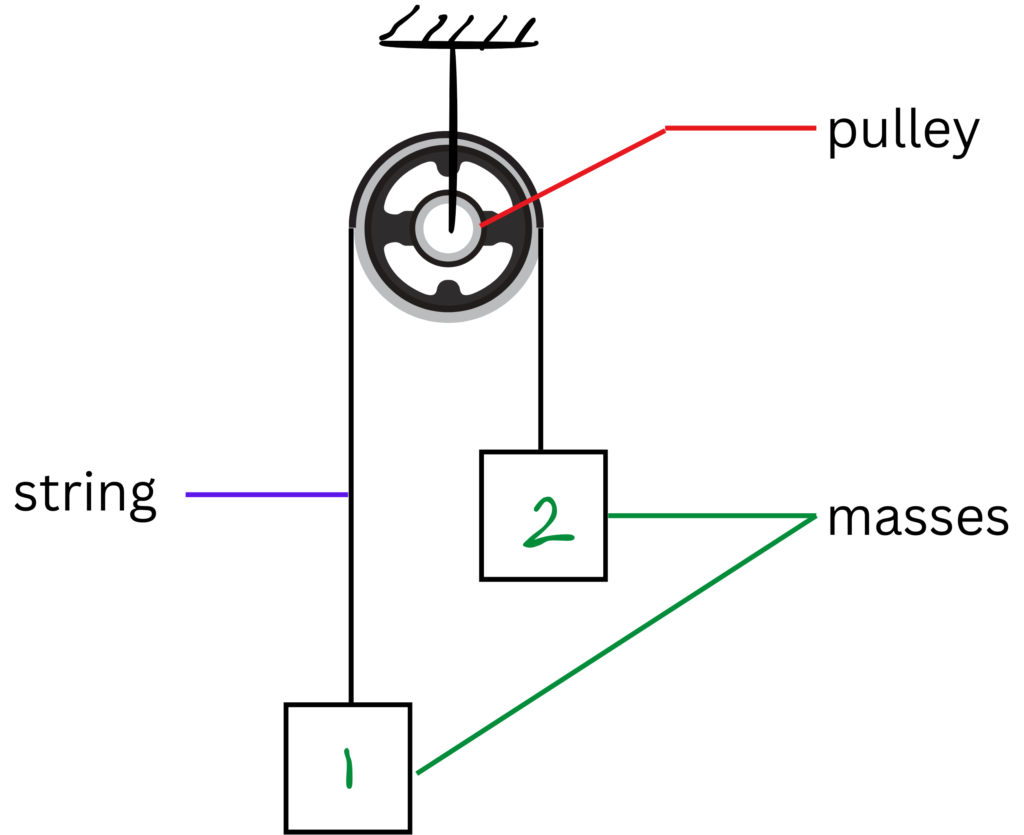
This was a short and fun kind of post just to make sure that all of the 3 idiots movie lovers can now breakdown this definition the next time they watch the movie! My aim was to explain this thing in the simplest way possible.
Also, I would like to add that just memorizing blindly doesn’t make any sense but understanding the definition would really help us to make our grip on the concepts much more better. I would also be quite impressed if Chatur had the understanding of this beautiful definition. But sadly, the character ‘Chatur’ doesn’t seem to be interested in all this 🙁
Keep Learning!

Physics & Electronics













